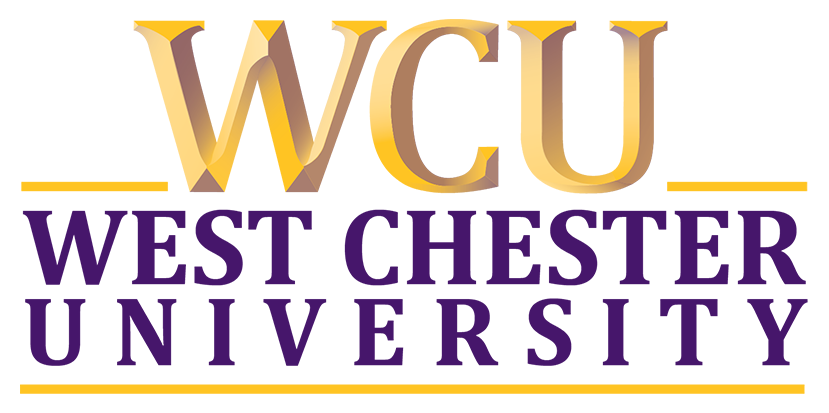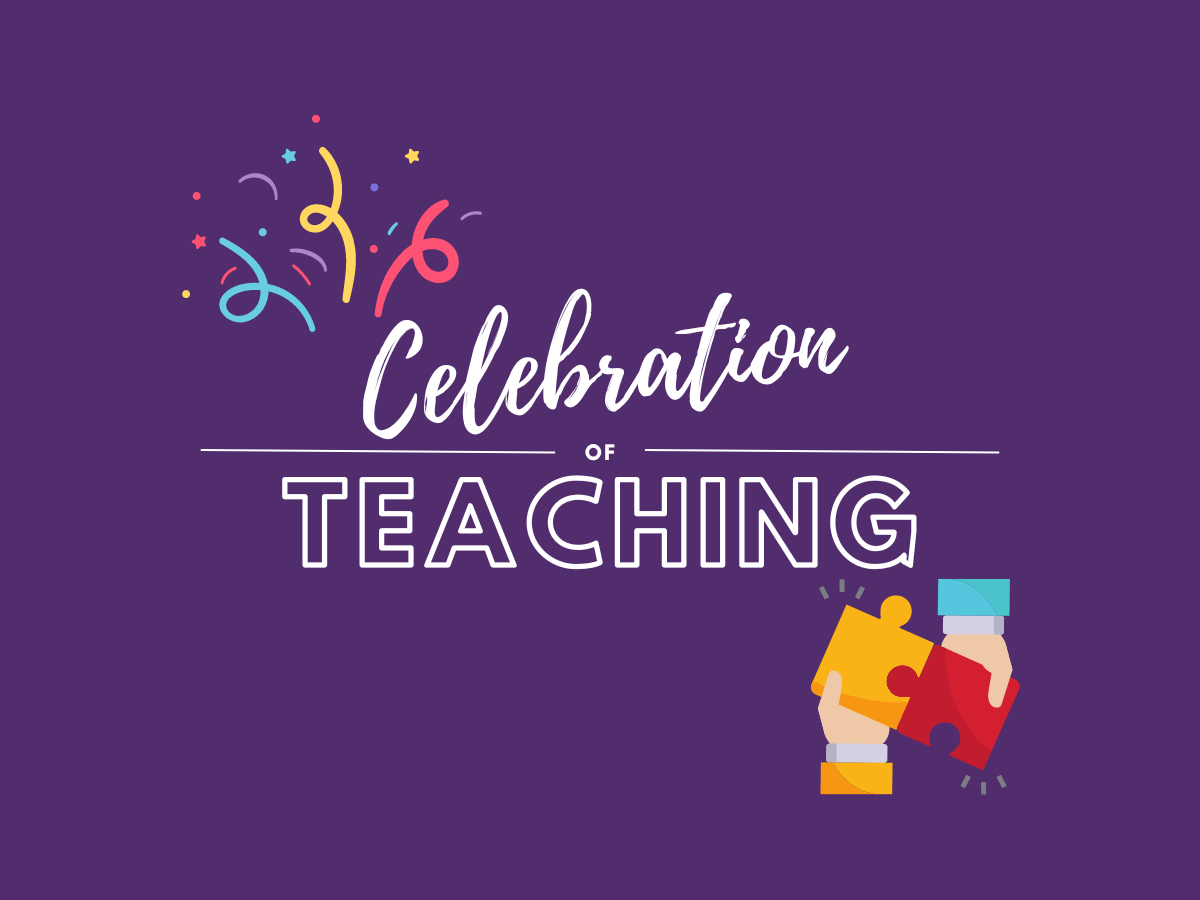Service-learning is about discerning real need from perceived needs in the community; therefore, research and analyzing data are critical components, leading students to critically think about real world problems. Students can participate in a variety of ways and through varied lenses, such as volunteerism, strategic planning, social media production, data collection and analysis, and other student learning outcomes for your course.
What I Did
There are over 800 non-profit organizations in Chester County, and they all have varying needs, from volunteers to make lunches and watch kids, to helping write grant proposals and develop websites. Every student in every major can help our community, as well as learn from the experiences they have. Our student learning outcomes involve critical thinking, communication with others, diversity, decision-making, and many more concepts employers consider to be valuable skills. Having our students partner with local non-profits provides a reciprocal relationship, where students learn transferable hard and soft skills, and our non-profit partners save time and money, while getting the assistance they need.
Incorporating service-learning into my courses was not hard. The setup takes a little time, because making connections with community agencies includes making phone calls and sending informative emails, but the work is fun and rewarding. The non-profit partners cannot wait to have our students participate with them. Students can learn about fundraising, how to be on the board of an organization, and the rewards of participating in our community.
I have been doing this for a while, and the partnerships are readily available to us as faculty. Our Center for Civic Engagement and Social Impact (CCESI) Office can help link you with organizations who have already contacted the University to look for some help. If you are looking to help a specific population or you have a certain type of task you would like your students to complete, you can search for community agencies through CCESI or through the Chester County Community Foundation’s (CCCF) grants. Through the CCCF website, you can click on organizations or their proposals for their General Operating needs to see which of our community’s needs your course might be able to meet. The organizations have a wide range and may include helping the environment, working with children, or developing a marketing plan.
What You Can Do
You have an opportunity to have your students learn in real-world situations, while assisting our local community. By seeing which of your assignments could be transformed into a service experience, you are filling needs and offering unmatched learning opportunities. Those experiences could be as simple as choosing one assignment to replace or developing all your assignments around an organization’s needs.
In one of my courses, I have assigned points for participating in a set number of volunteer hours with organizations of my choosing, so students can come back to class to share their experiences. In another, the students choose their own organizations to partner with, and they have to work within their field to solve a community problem. For example, a student in computer science may choose to work with a no-kill animal sanctuary to develop software they need to track the animals. A student from nutrition may choose to work with a local food bank to ensure recipes are available to provide healthy and tasty meal options.
What the University Will Help You With
We have a number of resources available to us, including the CCESI Faculty Associate and a number of people in the CCESI office. You can join the Faculty Work Group to get ideas from other faculty members or write for a Community Engagement Scholar, who can help you coordinate your service-learning programs and services. The University recognizes and supports endeavors to perform activities which support community engagement and provide public services through the Community Engagement Pathway Certificate. And overall, the University will help us to report the time and effort we put into our community engaged service-learning courses, so we can continue to earn the Carnegie Community Engagement Classification.
Next Steps
While you plan for your courses, take a moment to read the Steps to Take below. Take one at a time to put on your to do list, and use the Helpful Resources when you get to a step requiring some outside help. The Faculty Work Group includes faculty from a variety of departments and colleges around campus, so reach out! We love to help!
Steps to Take
- Determine which student learning outcomes would benefit from partnering with an outside community partner.
- Contact CCESI to see if they have any community partners with those needs.
- Contact Chester County Community Foundation to see if they know partners with needs.
- Develop the number of hours you feel will be needed for students to complete the work.
- Determine whether you want one organization for the whole class or multiple organizations – it helps to have the organizations on board before the class begins.
- Understand the community partner may be busy, so set expectations.
- Set meeting times and dates for the community partner to discuss their needs and expectations with the class.
- Utilize a volunteer time sheet, so students can keep track of their hours.
- Report your community engagement hours and experiences to CCESI.
- Incorporate a Community Engagement Scholar to help you with logistics for your class projects.

